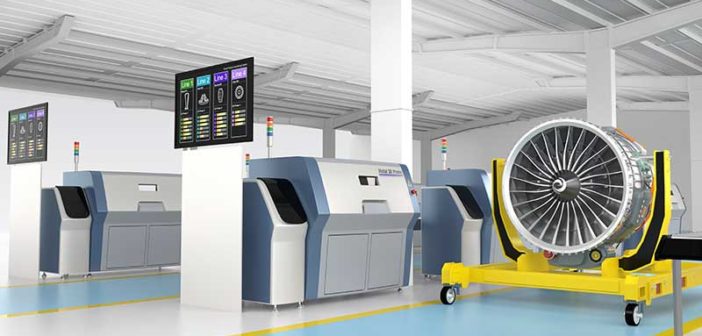Additive manufacturing, also known as 3D printing, is revolutionizing the way the aerospace industry operates. Once a limited technology primarily used for prototyping and tooling, today it has more applicationsthan ever – one of the most prominent is an increasingly vital role in the way companies approach aerospace design. With that said, here are five ingenious ways additive manufacturing is driving design innovation in the industry:
1. Complex parts are easier to design than ever.
In the past, new concepts were drafted by hand, forcing designers to use simple geometries and fabrication methods. With 3D printing, tooling restraints are eradicated, so companies can design the best possible part for their needs, without worrying about feasibility. The technology also allows designers to fabricate intricate parts, such as those featuring internal cavities and structures, as well as advanced components for aircraft engines.
2. Designers can reduce the weight of heavy parts.
Additive manufacturing makes it possible for designers to provide support for a part only where it’s needed. This allows them to build an optimized design that keeps the part’s weight low, while maintaining its strength and performance. This can have a dramatic impact on the company’s bottom line, because it cuts down on fuel and related costs.
3. Complexity related costs are lowered.
With 3D printing, complex and minimalist parts cost about the same to produce. As such, designers aren’t forced to forgo a perfect design simply because it’s too complex – and thus, too expensive to produce. Instead, they can focus on designing the ideal part without being held back by cost constraints.
4. Design cycles are accelerated.
Additive manufacturing processes allow companies to quickly build prototypes to the required fit, form and functionality. This accelerates design cycles, which reduces time to market and ensures a strong competitive advantage.
5. Flexibility in the design process.
3D printing allows companies to design and test a part as many times as necessary, offering a cost-effective way to reduce risk and improve product functionality. If a prototype reveals that additional work is needed, a change to the design file is all that’s required – no expensive retooling or substantial resource investment necessary.














